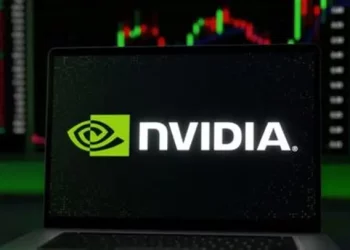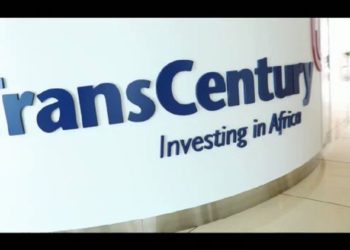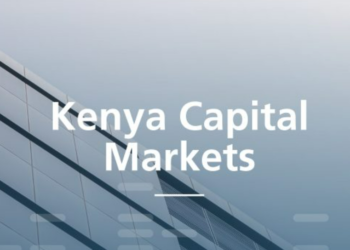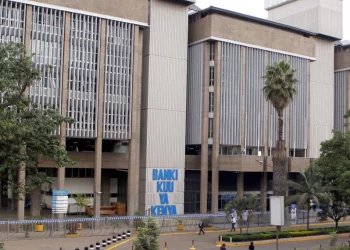Money laundering has become increasingly prevalent in the country, particularly in the financial technology sector, introducing terms like ‘carding’ and others into the conversation. As investment options expand, one notable avenue gaining popularity is the ‘Money Market’. However, as this investment vehicle rises in prominence, it also presents a potential avenue for money launderers to clean illicit funds. Fund managers must remain vigilant and watch for key indicators of suspicious activities. This article explores some of the warning signs that may suggest money laundering activities among clients.
A red flag for money laundering arises when a customer refuses to disclose full information during the account-opening process. Legitimate investors are typically forthcoming with personal and financial details required for compliance checks. Reluctance or avoidance in providing such information may indicate an intent to obscure identity or the true purpose of the account.
When a single address is linked to multiple accounts, it suggests coordinated activity that could indicate layering, a common money laundering technique. This could involve creating several accounts to move funds in small amounts, reducing the chances of detection by regulatory authorities
Clients who deposit funds into an account and swiftly withdraw them after a short duration often raise suspicion. Such behavior may be indicative of layering or smurfing, where funds are moved rapidly to disrupt traceability.
Frequent deposits of large amounts of small-denomination currency into an account may indicate structuring. This technique is used to bypass reporting requirements by breaking up large sums of money into smaller, less conspicuous transactions
A client’s hesitancy or outright refusal to meet with the fund manager or their team in person can signal an attempt to avoid scrutiny. Personal interactions are often essential for verification and due diligence, making reluctance a notable concern.
During account opening, a client’s inability or refusal to provide a legitimate source for their funds is a major red flag. Transparency regarding the origin of funds is crucial for preventing illicit activities and ensuring compliance with anti-money laundering (AML) regulations.
If a client fails to disclose information about the beneficial owner of an account, it could signify an attempt to obscure the identity of the true owner. This is a common tactic to hide illicit funds under the guise of a legitimate account holder.
A client who regularly conducts transactions with money service businesses, such as currency exchanges or remittance services, may warrant closer scrutiny. These businesses are often exploited in layering schemes due to the high volume and anonymity of transactions they handle.
Each of these scenarios highlights a potential avenue for money laundering and emphasizes the need for fund managers and financial institutions to remain vigilant, conduct thorough due diligence, and report suspicious activities to regulatory authorities.

















